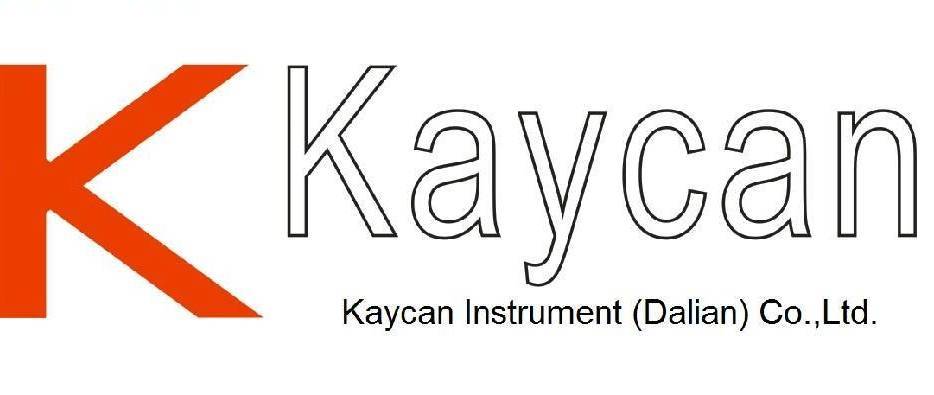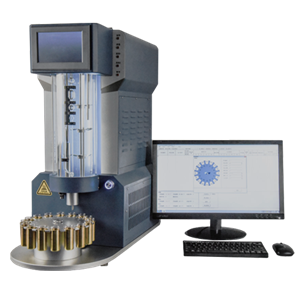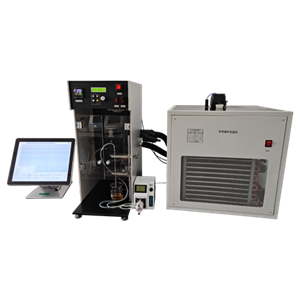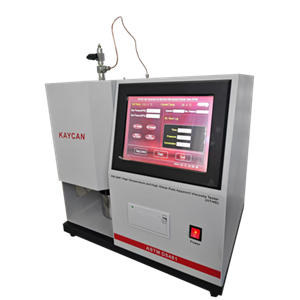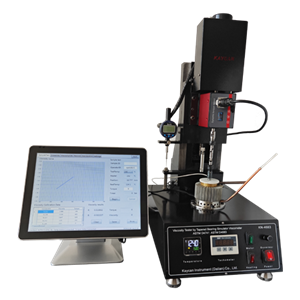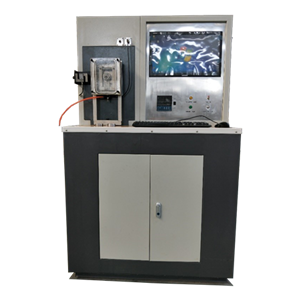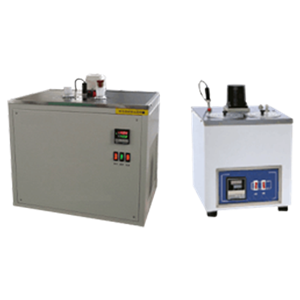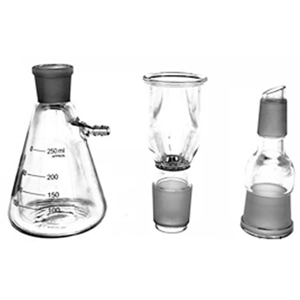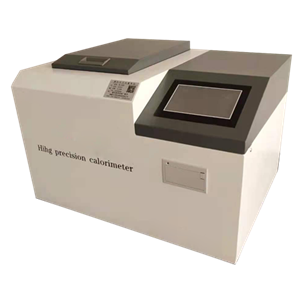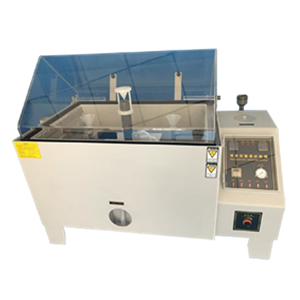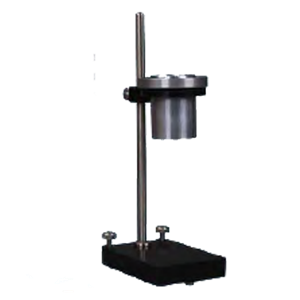-
Hot
ASTM D2509 Timken Load Tester
The test method is used widely for specification purposes and is used to differentiate between greases having low, medium, or high levels of extreme pressure characteristics. The results may not correlate with results from service.
Send Email Details -
Petroleum Wax Melting Point Apparatus (Cooling Curve Method)
KN-87 Petroleum Wax Melting Point Apparatus (Cooling Curve Method) conforms to ASTM D87 Standard Test Method for Melting Point of Petroleum Wax (Cooling Curve), it covers the determination of the melting point (cooling curve) of petroleum wax. It is unsuitable for waxes of the petrolatum group, microcrystalline waxes, or blends of such waxes with paraffin wax or scale wax.
Send Email Details -
ASTM D36 Softening Point Of Bitumen
Two horizontal disks of bitumen, cast in shouldered brass rings, are heated at a controlled rate in a liquid bath while each supports a steel ball. The softening point is reported as the mean of the temperatures at which the two disks soften enough to allow each ball, enveloped in bitumen, to fall a distance of 25 mm (1.0 in.)
Send Email Details -
ASTM D2042 Solubility Of Asphalt Materials In Trichloroethylene
The sample is dissolved in trichloroethylene and filteredthrough a glass fiber pad. The insoluble material is washed,dried, and weighed.
Send Email Details -
ASTM D240 Bomb Calorimeter
Standard Test Method for Heat of Combustion of Liquid Hydrocarbon Fuels by Bomb Calorimeter
Send Email Details -
Petroleum Hydrometer
A hydrometer is an instrument that measures the specific gravity (relative density) of liquids—the ratio of the density of the liquid to the density of water. A hydrometer is usually made of glass, and consists of a cylindrical stem and a bulb weighted with mercury or lead shot to make it float upright.
Send Email Details -
ASTM B117 Salt Spray Apparatus
Brief introduction to structural design The salt spray test box has the advantages of beautiful appearance, reasonable structure, smooth and smooth lines. The shell adopts high quality flame retardant PP plastic board, durable temperature greater than 85 DEG C, between the board and the board of the joint by planing and milling after a 90 degree angle, then using the high temperature molten plastic welding torch welding wire fill, after cooling solid weld, the whole body of the joint box formation, compact structure, glossy appearance, various auxiliary the same accessories for corrosion resistant material production.
Send Email Details -
ASTM D1200 Viscosity By Ford Viscosity Cup
This test method covers the determination of the viscosity of Newtonian or near-Newtonian paints, varnishes, lacquers, and related liquid materials with the Ford-type efflux viscosity cup. If the material is non-Newtonian, that is, shear-thinning or thixotropic, Test Method D2196 should be used.
Send Email Details
